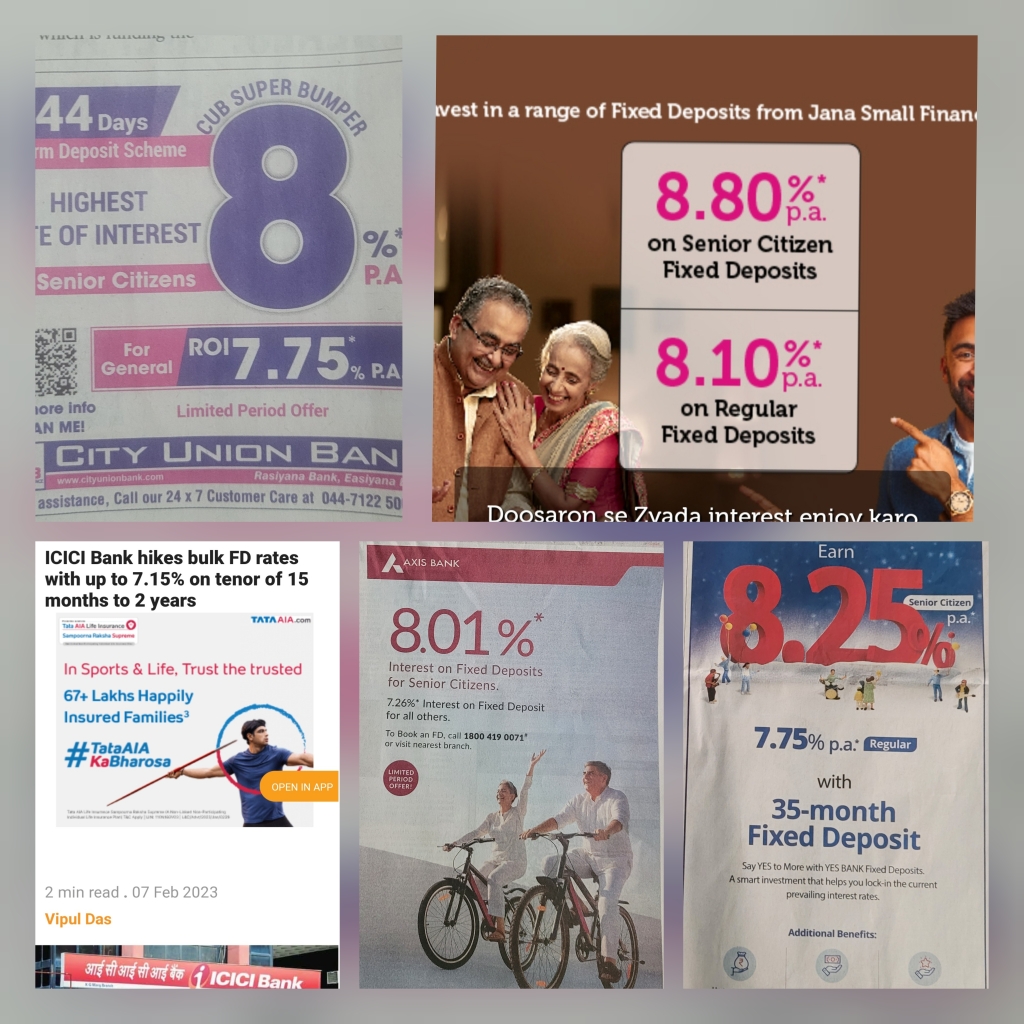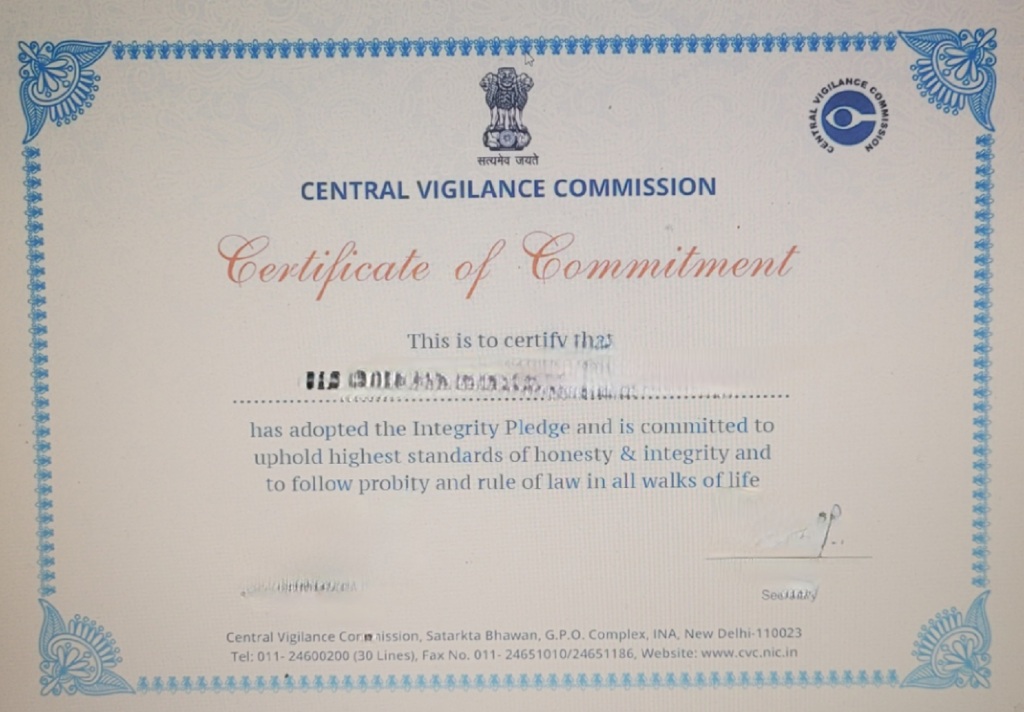
“I raise my voice not so I can shout, but so that those without a voice can be heard. We cannot succeed when half of us are held back. Malala Yousafzai
“The scrutiny on our bodies distracts us from what’s really going on here: control. The emphasis on our appearance distracts us from the real focus: power” Alok Vaid-Menon, Beyond the Gender Binary
Having triggered and enthused with the success stories of leading corporates, let us delve into the Why, How and What makes Women in the Work Place Shine better and make an impact on the cultural, social, financial and economic well-being of the entity as well as the nation at large.
Beyond fairness, increased gender diversity brings a competitive advantage to modern companies, which face extraordinary competition in an economy that puts an unprecedented premium on knowledge. Women comprise more than half of the pool of human capital. Companies that fail to fully leverage and draw from more than half of the pool risk losing an edge.
Furthermore, companies connect better with their stakeholders – be it customers, employees, owners, and the communities in which they operate – when they have greater diversity, including on their boards.
Both men and women should feel free to be strong. It is time that we all perceive gender on a spectrum not as two opposing sets of ideas. How important it is for us to recognize and celebrate our heroes and sheroes!
Women Empowerment has five components: women’s sense of self-worth; their right to have and to determine choices; their right to have access to opportunities and resources; their right to have power to control their own lives, both within and outside the home, and their ability to influence the direction of social well-being.
Women Empowerment is not the menu for the day, since almost 90% of the Women in our Society are well empowered and are leading in their respective fields. We have too many Sudha Murthys and Nirmala Seetharamans amongst us and are shining silently.
Throughout history, women have played pivotal roles as leaders across various fields – from activist movements, such as the suffragettes, to politicians, such as Shirley Chisolm, educators and writers.
WHY do Companies should have more Women in their work force and especially to be part of the Top management, and in particular to have a Women as the CEO of the company, leads us to too many positive inputs.
Clause 2 of Sec.149(1) of the Companies Act, 2013 mandates every Listed Company must include at least one-woman director on their boards. The above rule also applies to every other public company with Either Paid-up share capital of INR 1 Billion (approx. US $ 12 million) or more or Turnover of INR 3 Billion (approx. US$ 36.02 million) or more.
It is important to recognize that while the law mandates the inclusion of a woman director, whether independent or otherwise, the significance of this requirement should be acknowledged in the broader context of the positive impact a woman on the board brings to the company culture and overall performance.
Katharine Graham became the first Women CEO globally in the late 60’s taking over the position at Washington Post. Born on june 16,1917 she was instrumental and supported the Post’s investigation into the Watergate Scandal in 1972-74,since then there was no looking back as the Post increased its circulation and became the most influential newspaper in the US.
Indra Nooyi, on the other hand was the First Women CEO in India and held the position at PepsiCo from 2006 to 2018. Born in a Tamil Hindu family in Madras on 28 Oct,1955 Indra did her schooling from Holy Angels Anglo Indian School at T Nagar, Chennai and went on to excel in every field. Indra has consistently ranked among the world’s 100 most powerful women. Nooyi as senior VP of PepsiCo during late 90’s led the company’s restructuring and divestiture of Tricon brands that included Pizza Hut, KFC and Taco Bell under its umbrella.
Companies with highest woman representation on their boards include
Apollo Hospitals 6 Women out of 11 Directors, Zomato (4 out of 7), Cummins India (5 out of 9), Nestle India (4 out of 8), while L & T has only 1 woman director out of 19 and LIC has 1 out of 15 and Page Industries has 1 out of 15 as lowest representation of Women Directors.
An EY Report from October 2022 shows that women’s representation on the Boards of India Inc has tripled from 6% in 2013 to 18% in 2022.
Women CEOs remain unsurprisingly underrepresented, accounting for only 5.4 percent of all CEOs globally. Norway has the highest with 13.4 % women CEOs.
Gender diversity on boards has a positive impact on the financial performance of the entity with increased return on equity, return on assets and stock price movements. A McKinsey study found that companies in the top quartile for gender diversity on executive teams were 25% more likely to have above average profitability that companies in the bottom quartile. Boards with more women are known for greater innovation and creativity.
Feminist leadership is about striving for equality and looking at power in a new way. A function of feminist leadership is to make power dynamics more transparent. This is something both men and women can and will benefit from.
A report by Credit Suisse says that companies with higher female representation on boards exhibited superior innovation capabilities, as evidenced by higher rates of new product introductions and patents.
Successful Female CEOs bring out the following characteristic for any female CEO:
- The CEOs should be resilient and make judicious decisions at appropriate time.
- A good leader should also be a good mentor.
- CEOs should lead the way and be the best example for workers to emulate.
- CEOs should be unbiased at all times and be democratic and impartial.
- Women CEOs may prioritize creating a more collaborative and inclusive work environment.

Female CEOs are great at Collaboration, whether that looks like your sales team going the extra mile to meet objectives or allowing for enough flexibility to accommodate your employees, a Korn Ferry study found that female CEOs were “more likely to engage the power of teams” than their male counterparts.
They are Capital Efficient – Companies with Women at the C level typically generates more profit as well produces superior stock price performance than those led by men, according to a 2019 S & P Global analysis.
They are Emotionally Intelligent – Emotionally intelligent CEOs understand that business is personal and rooted in relationships, they also build their businesses, as confirmed by a recent research where women are rising to the Top tiers of companies due in large part to their emotional intelligence.
They are Multi-Dimensional – According to studies, women tend to use both sides of their brains simultaneously. These studies show that women tend to connect both sides of their brain with more ease, which means they can think in a linear, logical and serial manner at the same time that they generate intuitive, holistic and creative thought patterns. This allows women to use both sides of the brain simultaneously, whereas men tend to use each hemisphere sequentially.
They care – On average, women tend to be more empathetic and sensitive to the emotions of others than their male counterparts. Women are often nurturers, and that inherent level of care often extends to their work, companies and teams.
Generally, a strong woman is not afraid of doing what she wants, follows her passion and is not afraid of what people think of her. She is someone to look up to, and is a mentor for others, but also caring and kind. She understands deeply.
In comparison Female leaders, despite their relatively low representation as start-up founders, tend to perform better than all-male teams: they have 35% higher ROIs and 63% higher valuations and generate $ 0.78 revenue per dollar raised compared to all male teams’ $ 0.31.
HOW to get more Women on the Board of Directors –
To attract more female board members to your company, you really do not have to look far. In fact, you should proactively connect with female board directors through your network. This could include attending conferences, industry events, and seminars dedicated to promoting diversity and women in leadership roles.
Begin with data and transparency: With a serious intention to expand board opportunities to women and minorities, the Top management should start by disclosing where do they stand today, where they want to go and include measureable targets and a time period over which such targets will be achieved.
Start at the Top: Too often, board diversity initiatives are outsourced to consulting firms or external stake holders. To be effective, research finds that existing board members, together with the CEO of the company, must be intentional and actively engaged in bringing more women to the table.
Mentorship and Sponsorship Programs: Connecting aspiring women leaders with experienced mentors can provide guidance and support.
Unconcious Bias Training: Helping leadership recognize and address unconscious biases can level the playing field for women.
Work-Life Balance Initiatives: Offering flexible work arrangements can help women manage career goals and family responsibilities.
There are many accomplished Women CEOs leading the pack in various industries.
Kiran Mazumdar Shaw, the executive Chairperson and founder of Biocon group based in Bengaluru, a biotechnology company and former Chairperson of IIM, Bangalore. She was 68th on the list of most powerful women in the World released by Forbes in 2019.
Leena Nair, a British-Indian business executive is the global CEO of Chanel. Before joining Chanel, Leena held a key leadership position at Unilever. She is acclaimed for her people-centered approach to leadership.
Mary Barra, CEO of General Motors. Mary became the first Women CEO of a major automaker in 2014.
Karen Lynch, CEO of CVS Health since 2021, leading the company’s focus on healthcare.
Roshni Nadar, the CEO of HCL Technologies, combines business acumen with philanthrophy. Her initiatives in education and healthcare uplift communities.
In conclusion, while the Corporate world has conceived the concept of having Women CEOs or bosses so as to stay on top in terms of market leaders, profitability as well as consistent stock price performers, it is for those start-ups and MSMEs to understand the reality and start from scratch with a Women CEO and march ahead.








































